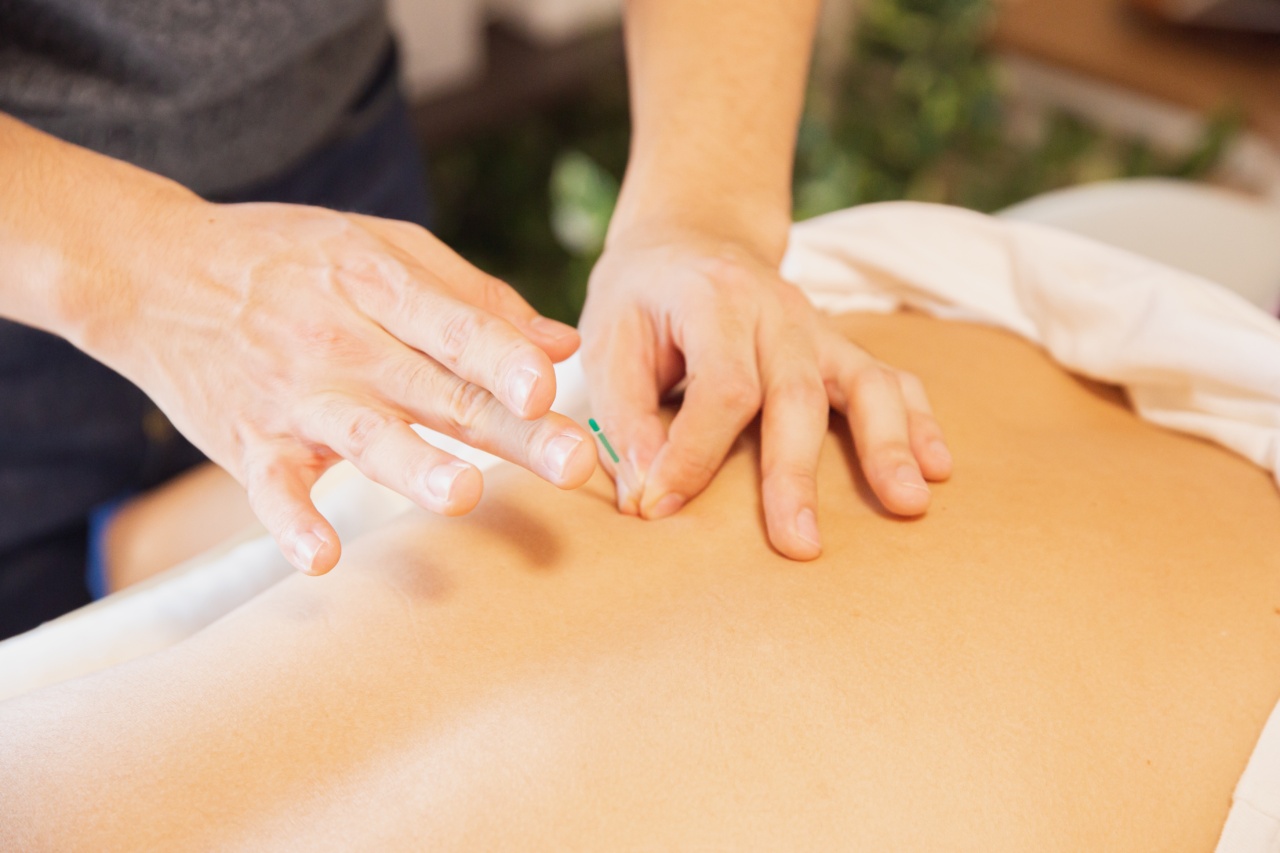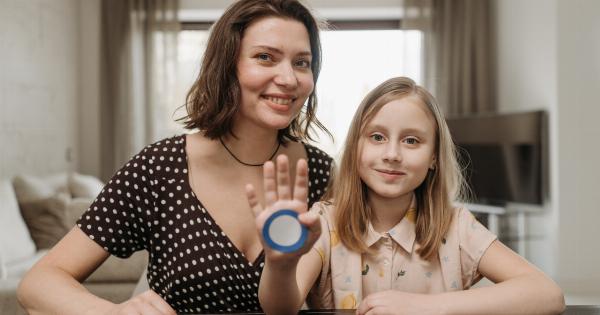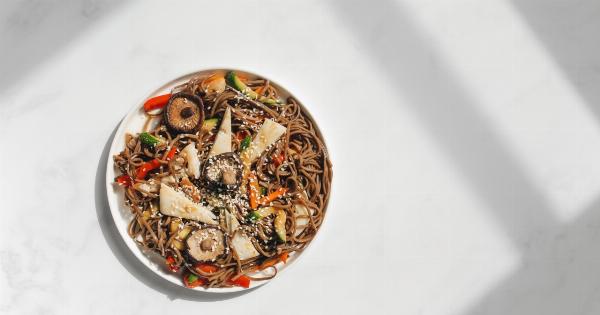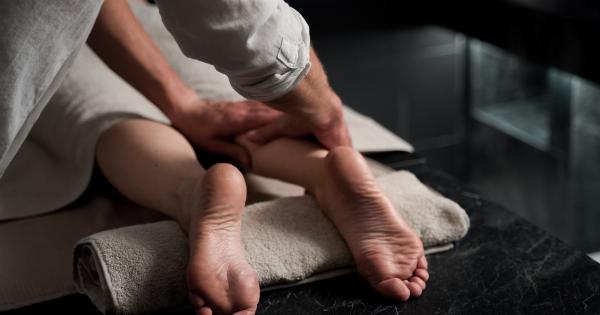Master wound care practitioners play a critical role in providing specialized care for patients with acute and chronic wounds.
These healthcare professionals possess advanced skills and knowledge in wound assessment, management, and treatment techniques, allowing them to optimize wound healing outcomes and improve patient quality of life. In this article, we will explore the role and importance of these practitioners in the healthcare industry.
What is a Master Wound Care Practitioner?
A master wound care practitioner is a healthcare professional who has completed advanced education and training in the field of wound care.
They have acquired specialized knowledge and skills to provide comprehensive wound assessments, implement evidence-based treatment plans, and monitor wound healing progress. These practitioners work closely with interdisciplinary healthcare teams to deliver holistic care to patients with wounds, addressing not only the physical aspects but also the psychosocial factors affecting wound healing.
The Importance of Master Wound Care Practitioners
Master wound care practitioners play a crucial role in optimizing wound healing outcomes and reducing complications associated with delayed or improper wound management.
Their specialized expertise enables them to assess wounds thoroughly, determine the underlying causes, and develop tailored treatment plans. By doing so, they can minimize the risk of infection, promote faster healing, and prevent delayed wound closure.
Specialized Skills and Knowledge
Master wound care practitioners possess a diverse range of specialized skills and knowledge that enable them to provide optimal care. Some of the skills and knowledge areas include:.
1. Advanced Wound Assessment
These practitioners are trained to perform detailed wound assessments, including assessing wound depth, size, location, and tissue involvement. They can identify signs of infection, inflammation, or other complications that may hinder healing progress.
2. Wound Dressing Techniques
Master wound care practitioners are proficient in various wound dressing techniques, ensuring appropriate wound bed preparation, moisture balance, and protection from external elements.
They understand the properties of different dressings and can select the most suitable option for each wound type.
3. Debridement
Debridement is the process of removing dead or non-viable tissue from a wound to promote healing.
Master wound care practitioners have expertise in various debridement methods, such as sharp debridement, enzymatic debridement, and autolytic debridement.
4. Infection Control
Preventing and managing wound-related infections is crucial for successful wound healing.
Master wound care practitioners are well-versed in infection control practices, including wound cleansing, sterile techniques, and appropriate use of antimicrobial agents.
5. Compression Therapy
Compression therapy is often used for managing venous leg ulcers and other conditions.
Master wound care practitioners are trained in applying and adjusting compression bandages or stockings to facilitate venous return, reduce edema, and promote healing.
6. Negative Pressure Wound Therapy
Master wound care practitioners have expertise in utilizing negative pressure wound therapy (NPWT), a technique that involves applying controlled negative pressure to the wound to stimulate healing, promote granulation tissue formation, and remove excess fluid.
7. Patient Education and Counseling
These practitioners play a vital role in educating and counseling patients on wound care self-management.
They provide guidance on wound hygiene, nutrition, lifestyle modifications, and preventive measures to promote faster healing and prevent complications.
8. Collaborative Care
Master wound care practitioners collaborate closely with other healthcare professionals, such as nurses, physicians, physical therapists, and dietitians, to ensure holistic and coordinated care for patients with wounds.
They participate in interdisciplinary wound care conferences, case discussions, and quality improvement initiatives.
Training and Certification
Becoming a master wound care practitioner requires dedication and continuing education. Typically, these practitioners hold baseline qualifications as registered nurses, nurse practitioners, or physical therapists.
They then pursue additional specialized education and training in wound care through accredited programs or certifications.
Continuing Education and Professional Development
Master wound care practitioners are committed to staying updated with the latest advancements in wound care. They attend conferences, workshops, and pursue additional certifications to enhance their knowledge and skills.
By staying abreast of emerging evidence-based practices, they can deliver the best possible care to their patients.
The Impact of Master Wound Care Practitioners
Master wound care practitioners have a significant impact on wound healing outcomes and patient well-being.
Their specialized skills and knowledge enable them to optimize wound care plans, expedite healing, prevent complications, and enhance patient satisfaction. By addressing the physical, emotional, and social aspects of wound management, these practitioners contribute to improved quality of life for individuals with wounds.
Conclusion
Master wound care practitioners are highly skilled healthcare professionals who play a crucial role in optimizing wound healing outcomes.
Through their specialized expertise in wound assessment, treatment, and management techniques, they contribute to the physical and emotional well-being of patients with acute and chronic wounds. By investing in their education, training, and professional development, these practitioners continue to deeply impact the field of wound care while improving the lives of their patients.






























